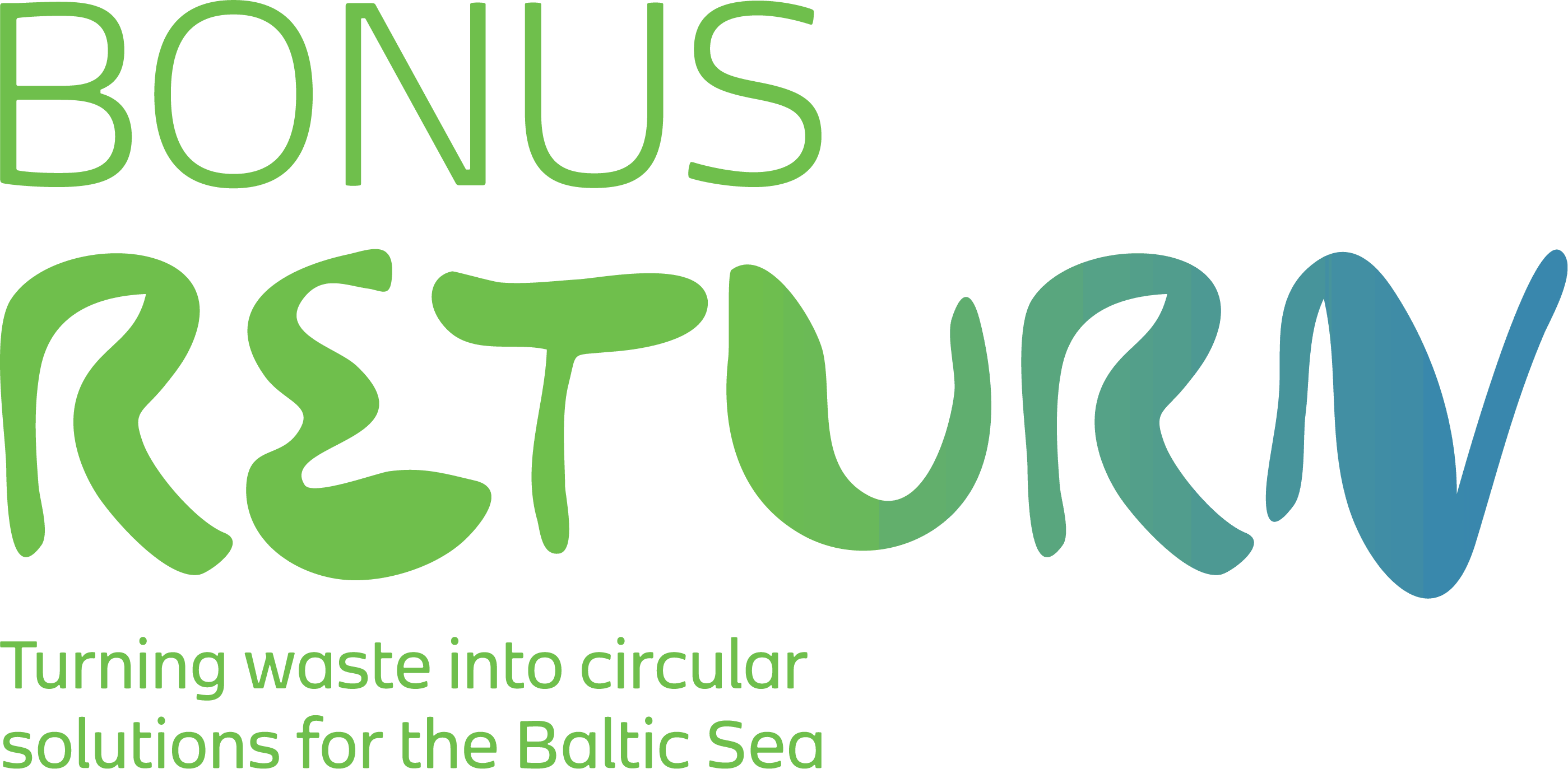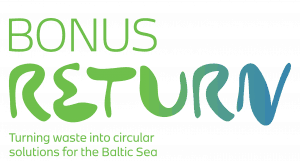Authors: Linn Järnberg & Brenda Ochola
Did you know that the second-most plentiful mineral in your body is also responsible for major problems in our oceans?
In the right place and from the right source, phosphorus makes our food grow – we’d starve without it. But in and from the wrong places it can create massive problems. Let’s follow the phosphorus chain from mines in Morocco through fields and sewage pipes all the way to the Baltic Sea. Through this journey we’ll show you what you can do to reduce negative impacts of this essential but problematic resource.
Part of us
The word phosphorus may sound only vaguely familiar to you. If it seems far from everyday life, you wouldn’t be the only one to think that way – but it’s essential for our survival.
Phosphorus is a nutrient essential for plants to grow, so we are completely dependent on it for food production. Anything you have eaten today – bread, meat, dairy, nuts – most likely contains it. Our modern intensive agriculture would not have even been possible without a steady supply of phosphorus in the form of artificial fertilisers. Phosphorus is also a vital element for the body, stored in bones and teeth. A diet containing protein-rich foods such as beans, nuts and fish ensures you have enough of it in your body.
This chemical element is often overlooked, yet it is essential for our survival. It also causes environmental and social challenges.
Phosphorus mining – dirty business
Looking at where it comes from, phosphorus is a non-renewable resource that exists in limited supply. Unlike oil and coal, there’s nothing we can replace it with. It is a complex nutrient because although it provides important benefits for food production, the way we currently use it causes problems.
Phosphorus is mined through extraction processes that pollute water and air and destruct local landscapes. It has a high climate impact since it is extracted through energy-intensive processes. Although scientific studies are limited, working conditions in phosphorus mines are reported to be poor, with mine workers facing high exposure to heavy metals and radioactive substances, leading to problems like increased risks of lung cancer and leukaemia.
Only a few countries have phosphorus reserves, and most European farmers rely on imported phosphorus for their agricultural needs. The largest reserves are in Morocco (including on occupied territory in Western Sahara), China, Algeria and Syria. Given the importance of phosphorus for food production, this creates a sensitive political situation where the EU is dependent on these countries. Since phosphorus is a finite resource, the availability of phosphorus reserves will eventually peak and solutions other than mining will need to be used.
These environmental, political and economic concerns are dire – yet this is only the beginning of the phosphorus chain. Further along there are even more challenges, with impacts on places like the Baltic Sea.
From resource to pollutant
Mined phosphorus is sent to farmers, such as those around the Baltic Sea, who then apply phosphorus-containing fertilisers to their fields. But plants don’t absorb all of it. As a result, some of the remaining phosphorus leaks from the fields and gets carried away with water streams until it eventually flows into the Baltic Sea. Here, it contributes to eutrophication – responsible for problems such as toxic algae blooms, a degraded ecosystem and “dead zones” where there is too little oxygen for marine life to survive. This is one way phosphorus becomes an ocean pollutant. For decades, this has caused major concern among policy-makers, fishers and tourism operators in the region.
When phosphorus is applied to agricultural fields, some gets absorbed by the plants and eventually gets transported to supermarkets before being served on our plates. Not all the food ends up in our bodies since so much is wasted, meaning that phosphorus and other resources have been of no use. In fact, it is estimated that on average in the EU, each person wastes 173 kilograms of food every year.
Our diets are also an important factor since livestock such as cows, pigs and chicken require large amounts of feed (grown using phosphorus-containing fertiliser) while a vegetarian diet requires much less phosphorus to produce.
Once the phosphorus has passed through our bodies, it gets flushed down the toilet. In most countries around the Baltic Sea nowadays, the waste water – rich in phosphorus – flows into treatment plants that clean it up by filtering phosphorus and other matter before flowing into the sea.
Some phosphorus still ends up in the Baltic Sea, contributing to the eutrophication problem in the form of algae blooms. This is a second way in which phosphorus becomes a pollutant. Being unable to recover all the phosphorus before it gets to the sea is a huge waste. It flushes away valuable resources and forces us to mine more phosphorus.
90% of the phosphorus that enters the system is lost to the environment.
The phosphorus solution – we need to close the loop
This may all seems gloomy because on the one hand, we depend on phosphorus for food production; but on the other, it is a source of problems from mine to sea. The good news is that there are plenty of solutions available.
We can alter the phosphorus chain by closing the loop – making sure phosphorus is diverted back to agricultural fields instead of ending up in the sea. Better technologies can be installed in waste water treatment plants to capture more phosphorus; or we can rely on more organic solutions that turn both food waste and sewage into fertilisers. This way, while dealing with the problem of eutrophication, we will simultaneously reduce the demand for mined phosphorus.
Reusing phosphorus really is the best way forward, and this is where innovation comes into play. Research projects such as the EU co-funded BONUS RETURN project is looking at how turning waste back into resources can contribute towards a healthier Baltic Sea. The project influences policy-makers to make it easier and cheaper to return nutrients such as phosphorus from sewage streams to agriculture as an alternative to using mined phosphorus, and to support farmers to choose more environmentally-friendly technologies and practices. It also engages with municipalities in the Baltic Sea region that work to test new waste water treatment solutions. Supporting entrepreneurs with innovative technologies for the reuse of phosphorus and other nutrients is also a core aspect of the project.
In 2018 BONUS RETURN hosted an innovation challenge to find technologies with the potential to reuse nutrients in the Baltic Sea. Three winners were selected from Finland, Germany and the Netherlands to become part of the project. Innovations were judged on their ability to provide practical solutions on how to recover nutrients such as phosphorus from waste and water, and then use it for fertiliser and input to other industries.
One of the innovators – TerraNova– developed a technology to turn sewage sludge from waste water treatment plants into a product that can be used as a fertiliser in agriculture.
What you can do
There are many ways you can support the cause for a healthier Baltic Sea and smarter use of phosphorus.
- Spread this information to increase awareness on the challenges facing our seas.
- Minimise food waste and eat a more vegetarian or vegan diet, since this reduces the need for phosphorus-based fertilisers.
- Buy products that provide environmental benefits. One example is pu:rest– Sweden’s first beer made from recycled waste water.
- Support innovations providing sustainable solutions for a healthier Baltic Sea. These include start-ups needing support to get their products to market.
- Buy organic foods, as they usually don’t use mineral fertiliser.
- Change your perception towards sustainable toilet solutions such as dry toilets. These make recycling of nutrients at the source easier, helping to close the loop.
The next time you’re about to waste food or select your lunch option, remember how your day-to-day habits are linked all the way from the Moroccan mines to the sea that you so deeply love. Your choices can make a difference!
This op-ed was written for Nordic Surfers Magazine and published in Nordic Surfers Mag issue nr. 28.
Featured illustration by: Scott Bluedorn
Related post: Circular solutions for the Baltic Sea

